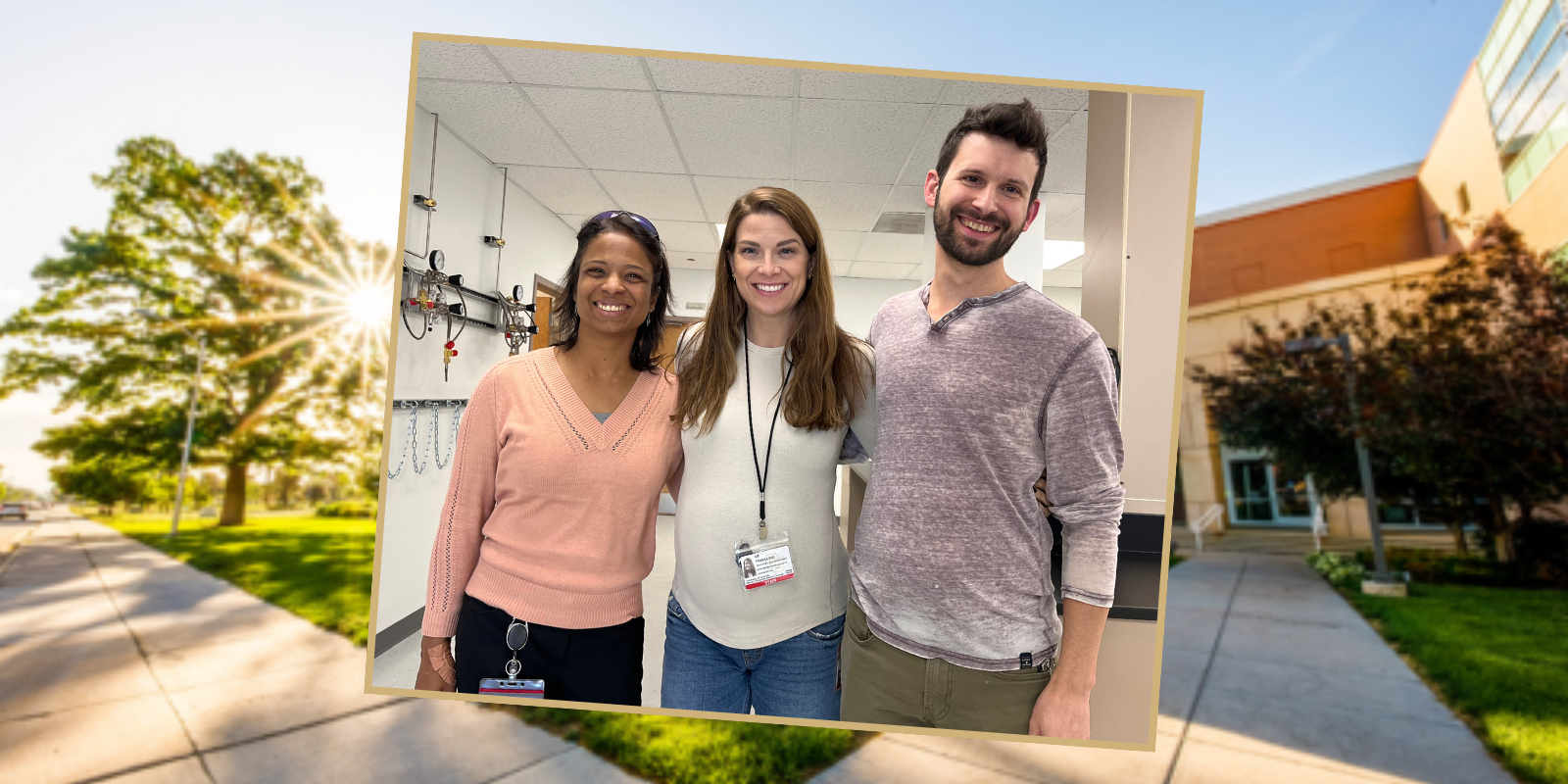Blood cancers – leukemia, lymphoma and myeloma -- are the third-leading cause of cancer deaths in the United States, with more than one-third of patients succumbing to their disease within five years of diagnosis. In 2017, the Food and Drug Administration approved the use of chimeric antigen receptor (CAR) T-cell therapy for lymphoma and certain leukemias in patients for whom other treatments had failed. Research has shown that about 85% of such patients achieve remission, but about 60% of these eventually relapse. Gates Institute at the University of Colorado Anschutz Medical Campus is on the forefront of research to improve the efficacy of this groundbreaking treatment.
| September is also Childhood Cancer Awareness Month, and leukemias and lymphomas represent the most common types of cancer to affect those 14 years and younger. The first CAR T-cell therapy to receive FDA approval was in 2017, for pediatric and young adult patients with CD19-positive leukemias and lymphomas. Gates Institute currently provides support for two trials open to pediatric patients at CU Anschutz. |
CAR T-cell therapy involves genetically engineering a patient’s T cells so they will bind to specific antigens on cancer cells and kill them. Four trials are currently underway at CU Anschutz, which leverages the biomanufacturing capabilities of Gates Biomanufacturing Facility to provide the cell products for the trials.
Numerous experts work behind the scenes to carry out these trials. One such role is that of clinical research coordinator (CRC). We met with Jake Anna, MS, a CRC dedicated to lymphoma research in the hematology clinical trials unit in the Division of Hematology at CU School of Medicine. When a lymphoma patient is enrolled in a trial at UCHealth University of Colorado Hospital, Anna helps set up the trial protocol and serves as a liaison between the clinical and sponsor side of patient care. The job feeds his passions – meeting with patients in the post-treatment phase and immersing himself in the science of cell and gene therapy research.
Scroll below image gallery for a Q&A with Anna.
.png?width=1200&length=1200&name=GBF%20Prodigy%20(2).png)






-2.png)

%20for%20children%20and%20young%20adults%20with%20relapsed%20or%20refractory%20solid%20tumors.%E2%80%9D%20(1)-1.png)